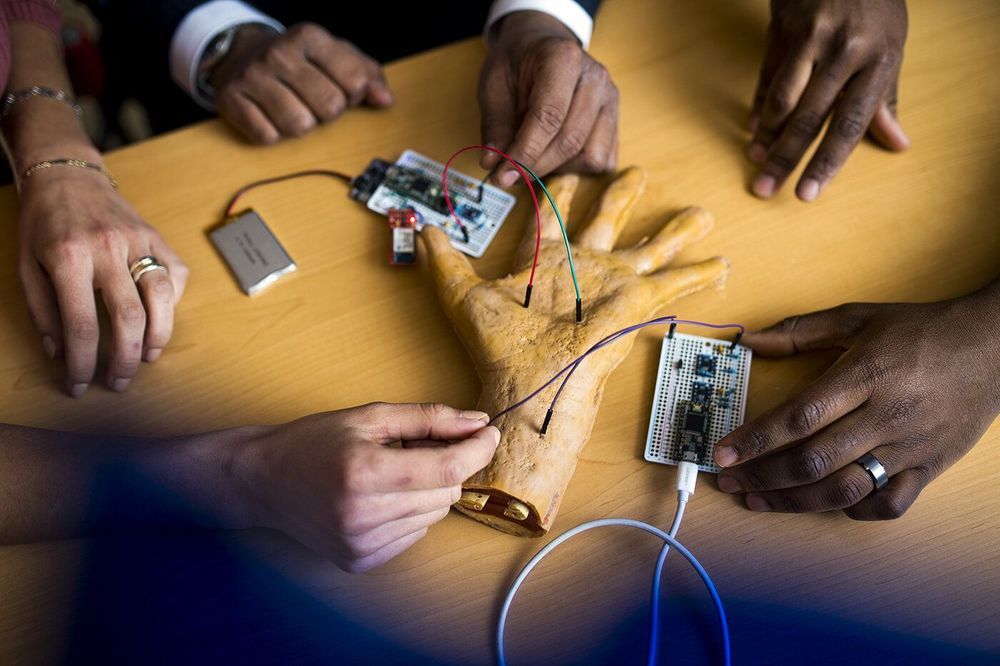May 8, 2019
THIS is computer music: Ge Wang at TEDxStanford
Posted by Marco Monfils in categories: computing, education, media & arts, mobile phones
Art for humanity via technology, for the music geek in you Enjoy:-)
Ge Wang is an assistant professor at Stanford’s Center for Computer Research in Music and Acoustics (CCRMA).
His research focuses on programming languages and interactive software design for computer music, mobile and social music, laptop orchestras and education at the intersection of computer science and music. Wang is the author of the ChucK audio programming language, as well as the founding director of the Stanford Laptop Orchestra (SLOrk) and the Stanford Mobile Phone Orchestra (MoPhO). He is also the co-founder of Smule (which makes social music making apps and has over 100 million users) and the designer of the iPhone’s Ocarina and Magic Piano.
Continue reading “THIS is computer music: Ge Wang at TEDxStanford” »
















